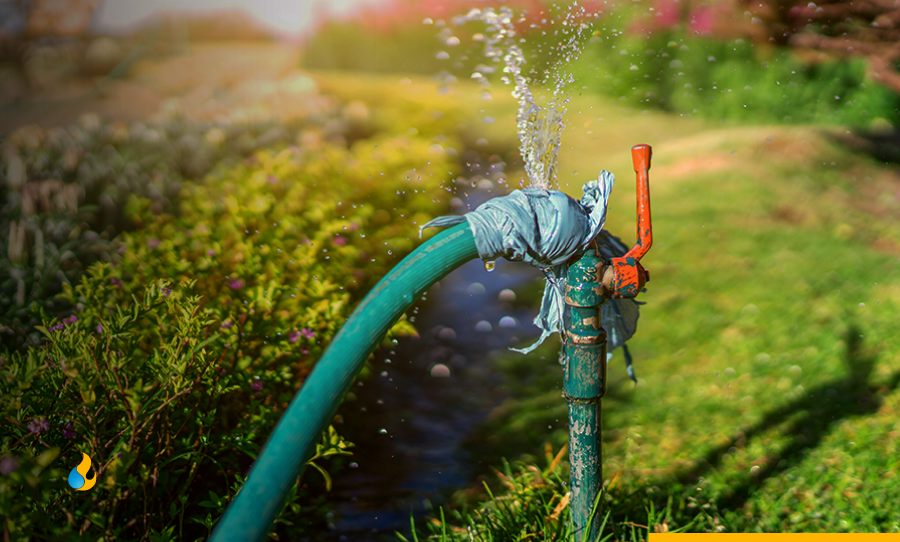We can help you understand how toilets work and when to call a professional. There are a few basic plumbing things you can do yourself! There are several things you can’t – like fix a blocked toilet, or install a hot water system BUT we know you can feel slightly more at ease when things go wrong. Not overwhelmed or panicky. Like when you are faced with a blocked toilet. It’s natural to panic if you have a blocked toilet. Maybe your toddler unravelled an entire roll of toilet paper in to the pan. Or decided that what they really REALLY wanted to do with their day was drop a dozen toys and household items in to the water and press the flush button five times. However the blocked toilet happened, it needs immediate attention! Don’t keep reading, CALL US NOW!
Or, keep reading for some toilet and plumbing basics every person should know.
Anatomy of a toilet
Water flows from a tap in the wall, in to the cistern, which is then flushed in to the pan and down the waste pipe.
Know how to control this flow of water, it can only be beneficial. If water is filling up in the pan and not flushing down, you really want to know how to turn it off quickly. We want to avoid floods. The water tap can be on the wall beside your toilet or hidden inside the cistern. Turning it off at the wall is easy. If it is in the cistern then you need to investigate.

The toilet cistern
The cistern is an essential part of your toilet, and understanding its components can help you in an emergency:
- Cistern Lid: Most cistern lids will simply lift off, which is handy if you need to access the water tap inside quickly. However, some lids may need to be unscrewed. To do this, lift up or turn the flush buttons—they might need to be prised up to reveal the screw. This is something to consider when buying a new toilet; do you want a lid that requires unscrewing?
- Inside the Cistern: What you see inside your cistern will depend on how old your toilet is. Older toilets have many parts, such as a flush valve, flapper, and ballcock (yes, a ballcock!). Modern toilets are more streamlined, typically featuring a plastic cylinder that performs all the necessary functions.
- The Float: All cisterns, regardless of age, have a float. The float controls the water level in the cistern. If your toilet is continually ‘running,’ check the float. There could be something caught in it, or it might be loose.
When to Call a Professional
While many toilet blockages are easy to diagnose and simple to fix, being familiar with the anatomy of your toilet can help you in an emergency. If your toilet is blocked, leaking water, or continually running, don’t wait! Call Flowtec Plumbing and Gas—we are here to help you with all your plumbing needs.
Contact Flowtec Plumbing and Gas now to ensure your plumbing problems are handled quickly and efficiently by experts!



